Boukaat Loubnan by 33North is a long distance trail and it is the only trail that connects the western and the eastern mountain ranges. As USAID’s Trade and Investment Facilitation (TIF) project is working to raise the profile of the district and improve its tourism offering, we spoke with Gilbert Moukheiber, 33North’s founder, to learn more about how the trail showcases the beauty of Lebanon and its remarkable resilience.
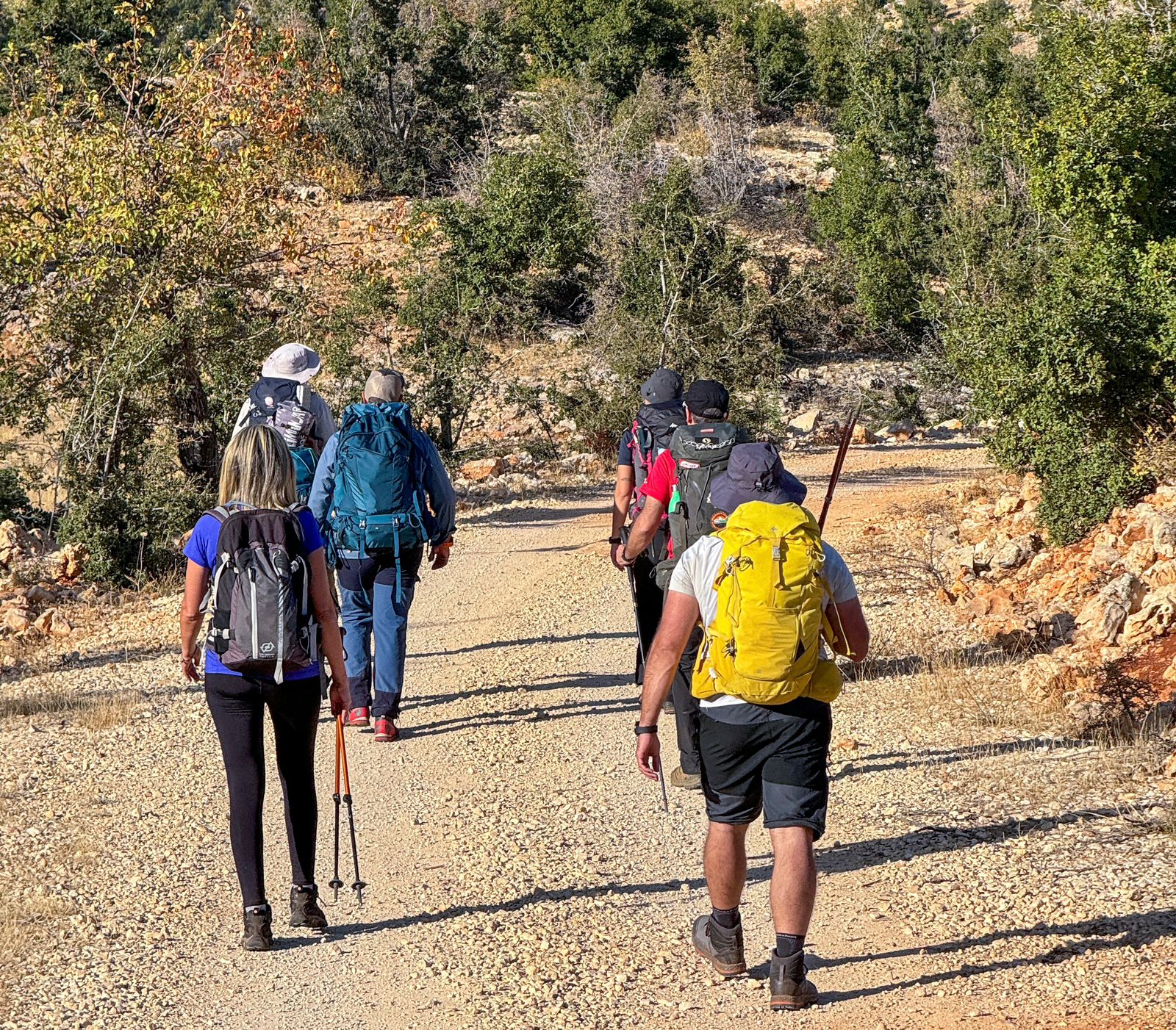
What inspired the creation of the longest hiking trail in Lebanon?
What inspired me to create the BLT was to highlight the beauty of the Bekaa. This region is considered pristine and is still relatively unknown to many Lebanese as a destination for trekking. The main objective was to link North Bekaa, the Anti Lebanon Mountain Chain and the region of Mount Hermon to South Lebanon through a long-distance trail. We wanted to merge the natural capital, the cultural landmarks and the human heritage of these areas together. We also wanted to celebrate many traditions that are alive on the trail, such as the Transhumance or Al-Terhal in Arabic, which refers to the seasonal movement of animals via migratory corridors in the Alps and the Mediterranean. Transhumance is listed in UNESCO’s Intangible Cultural Heritage.
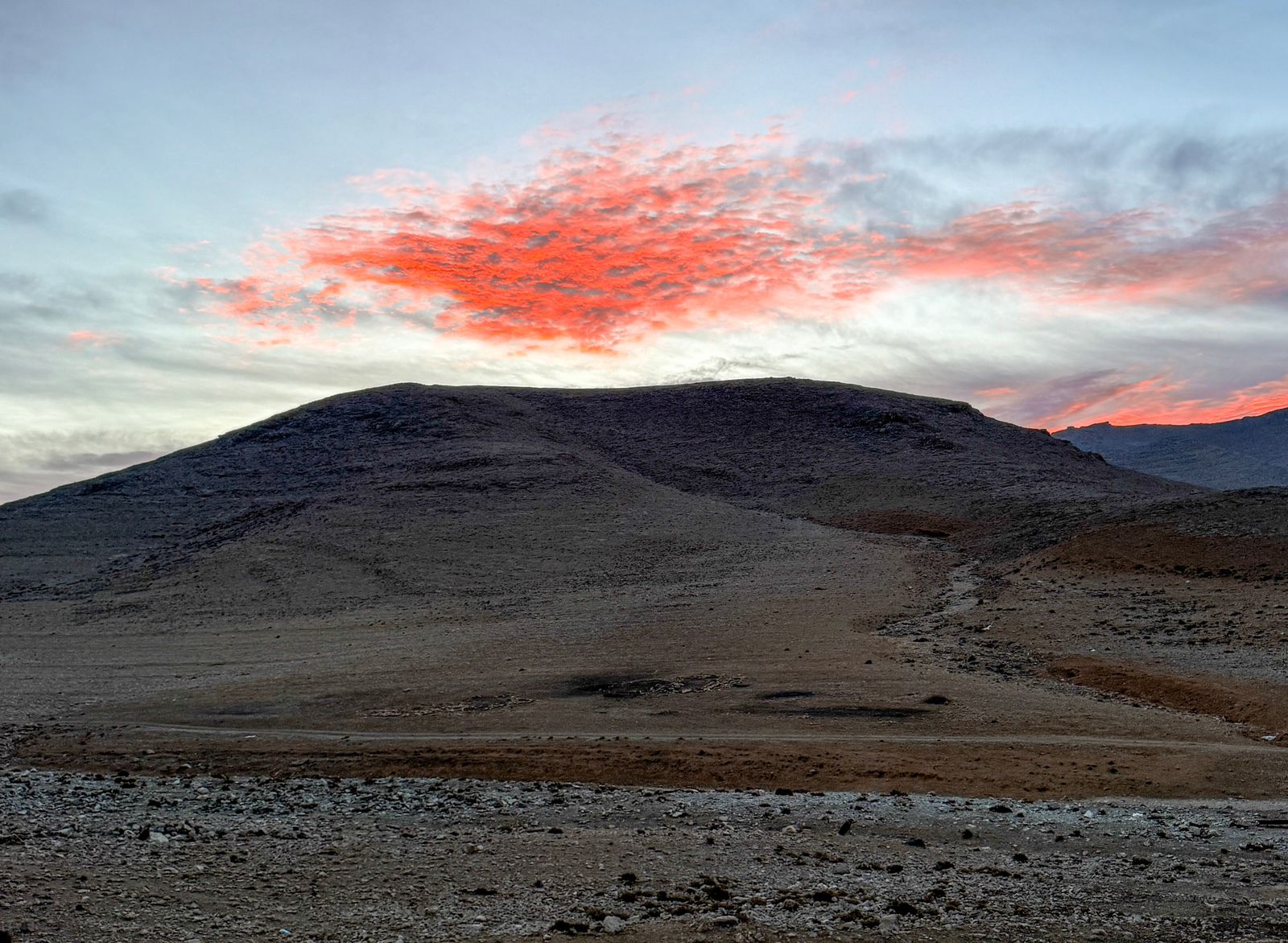
What can you tell us about the trail?
The trail is currently 400 kilometers and ranges from 800 meters to 3,088 meters in altitude. There are sections that are medium, while others are advanced and difficult. What makes this trail unique is that it has been planned and developed in a sustainable way using old footpath and dirt roads that do not require high maintenance and cost. The Boukaat Loubnan Trail has been conceived in a way considering destinations and the uniqueness and characteristic or each. The trail is designed in a linear and loop style. It also covers Lebanon’s highest summits: Kornet es Sawda, Kornet el Aashra, Kornet Arouba, Taliit Wadi Hajar, Mount Hermon and deepest valley: Wadi Johanam.
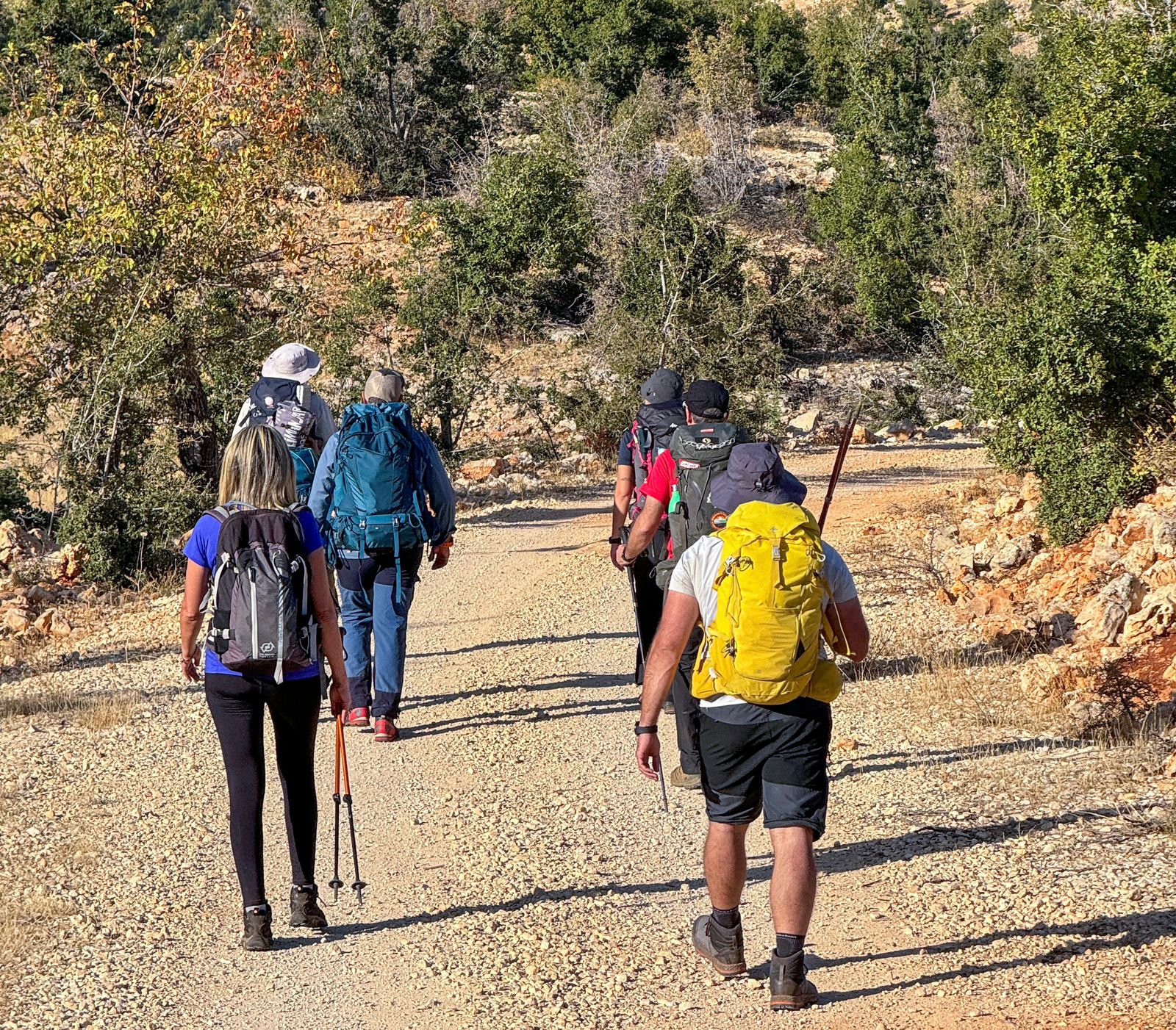
Boukaat Loubnan – BLT covers three main trekking destinations:
The North Bekaa Trail (NBT) extends from Deir El-Ahmar to Hermel in the north Beqaa. It passes through Btedee, Yammouneh, Ainata, and Oyoun Orghosh, Jroud El-Hermel and ends in the nature reserve of Karm Chbat in Akkar.
Starting from Deir El-Ahmar, you will find yourself surrounded by rolling hills and mountains, with several trees and natural landscapes including oak, willow, juniper, and poplar trees. Amid all this natural beauty sits the record-breaking rosary of Lebanon that can be found near the main road that runs between Deir El-Ahmar and Bechouat. The area is home to the Sanctuary of Our Lady of Bechouat and several ancient churches, as well as Roman-era tombs and ruins. For those who are up for the challenge, Kornet El-Sawda – the highest mountain in the Middle East, Kornet El-Ashra and Kornet Arouba can also be climbed in this area, offering stunning views from the top.
The NBT crosses the village of Yammouneh, which is home to the spectacular Yammouneh lake, a Roman sanctuary, a set of Roman ruins and the Naba al-Arbain spring. On the eastern side of Kornet El-Sawda, you will find the picturesque area of Ouyoun Orgosh, which boasts a plethora of restaurants and calming springs. The journey does not end here, with Hermel also harboring Qamouh El-Hermel, the Monastery of Mar Maroun (the Cave of the monks), the hidden gem of the Hermel highlands and the one and only Al-Assi river, not to forget the Neo-Babylonian inscriptions carved on the slopes of Wadi El-Sharbin in Brisa, the North Bekaa Trail ends in the magnificent Cedar reserve forest of Karm Chbat in Akkar.
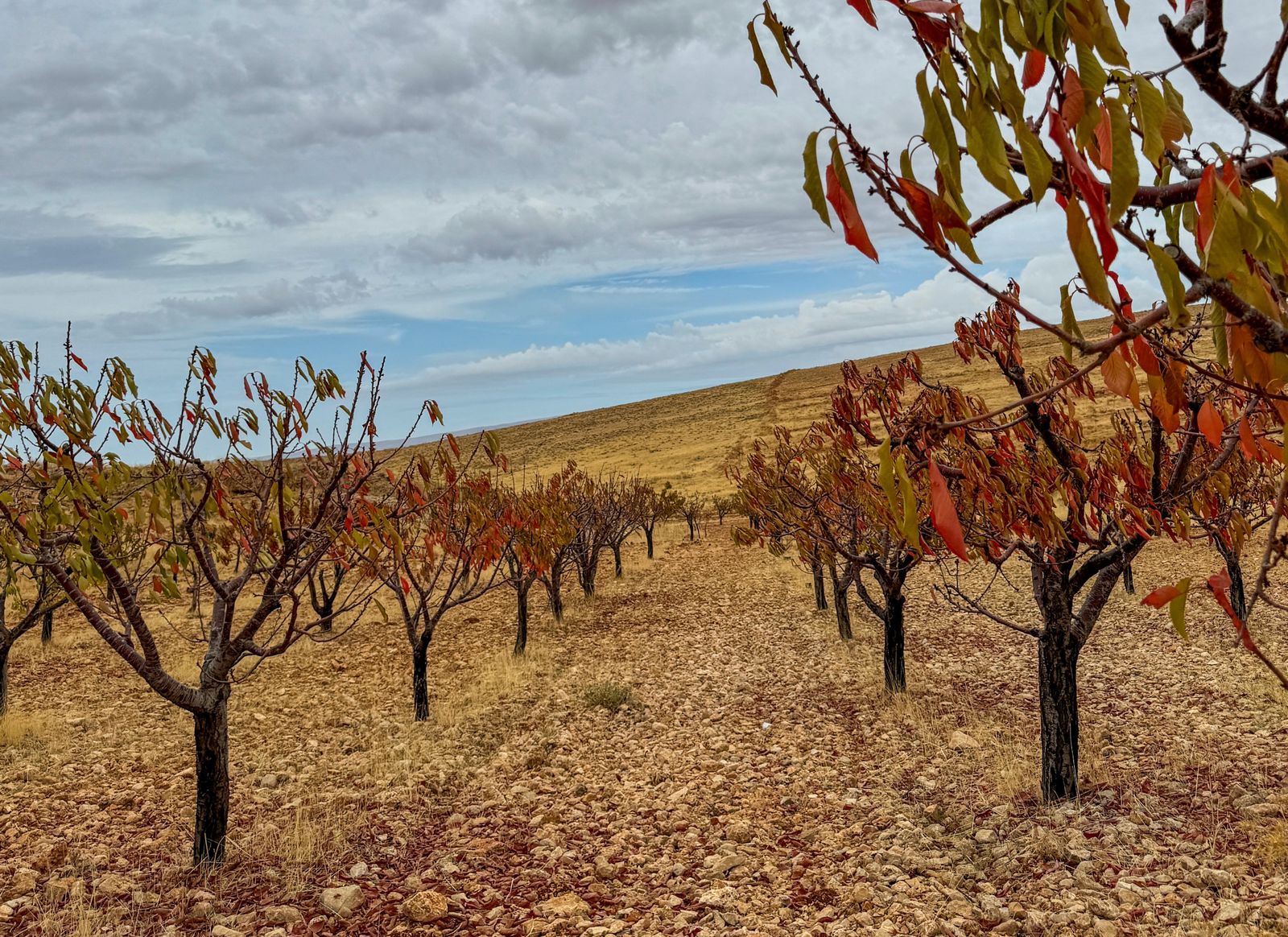
The Anti Lebanon Trail (ALT) stretches from Al Qaa to Anjar. This area is distinctive due to its rugged, rocky terrain and vast plains. The route passes through Al Qaa, Ras Baalbek, Arsal, Younine, Nahle, Baalbek, Ham, Maaraboun and ends in Anjar.
The ALT is known for its strategic location along the eastern border, which has played a significant role in region’s history and conflicts. A recent example is the battle of Fajr el Jouroud. Indeed, those who are interested can take part in a thematic dark tourism trail across the Anti-Lebanon called Fajr el Jouroud.
Landmarks on the trail include the magnificent Roman temples of Baalbek. As you hike in Al-Qaa and Ras Baalbek, keep in mind that you will come across several historical ruins, as well as Sitt Balkis Canal, which dates back to the Roman era in Lebanon. Its water flows from the village of Labweh in Lebanon to Palmyra in Syria. In winter, shepherds tend their flocks. The ALT contains Hima Al Fekhe (protected area) and abounds with archaeological remains, Roman temples, historical ruins, religious landmarks and traditional craftsmanship.
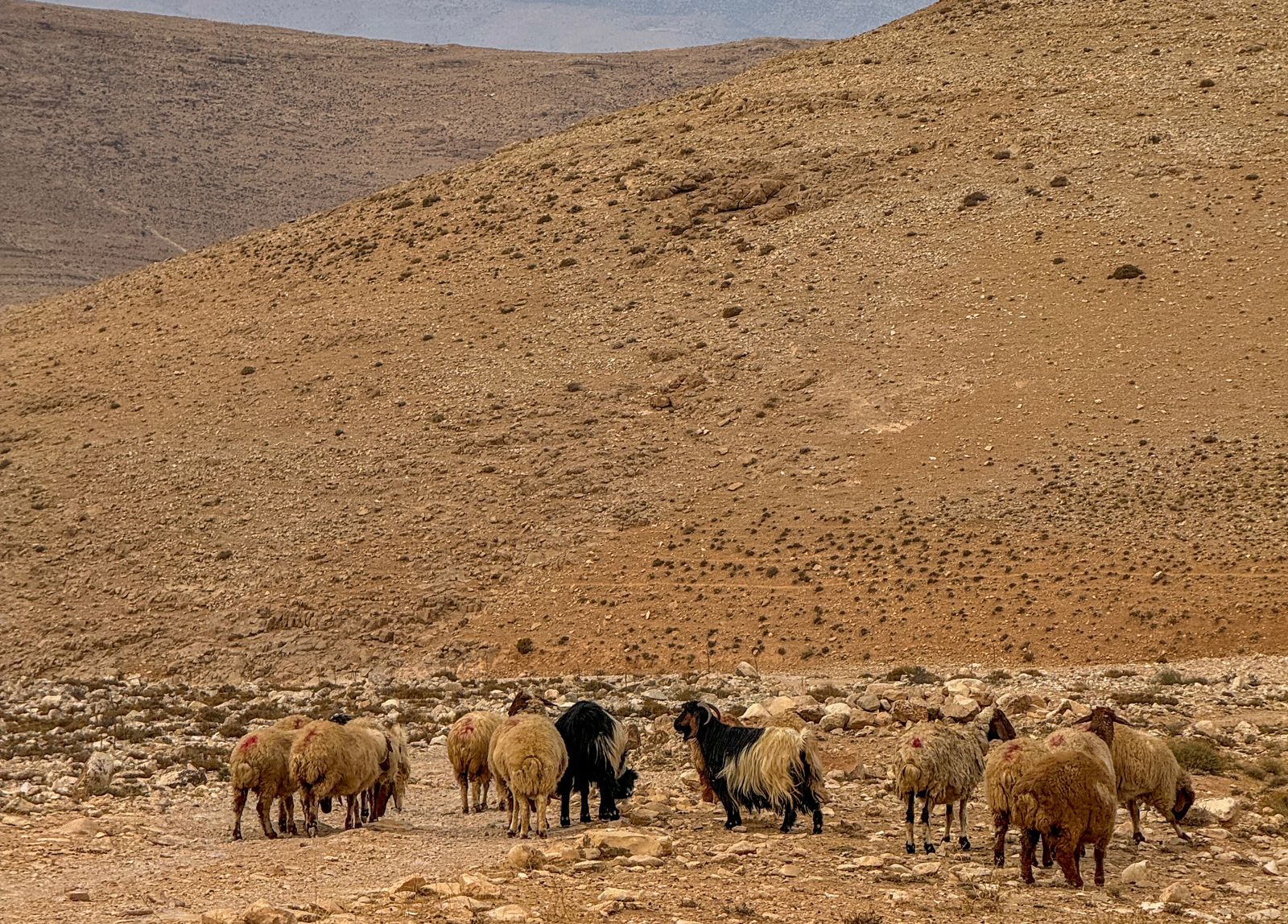
Mount Hermon Tour Trail (MHTT) extends from Al Manara village (Hamara) to Hebariyeh in the south. Towns and villages on the trail include Aita Al-Fokhar, Yanta, Bakka, Deir El-Ashaer, Mdoukha, Dahr El-Ahmar, Kfarkouk, Aiha, Rachaya, Tanoura, Ain Herche, Ain Ata, Chebaa, and finally Hebbarieh.
Located in the Anti-Lebanon mountain range, Mount Hermon rises to an altitude of 2,814 meters above sea level. The mountain is known for its snow-capped peak, which attracts many visitors in winter for backcountry skiing and snowshoeing. In addition, the mountain has important historical and religious significance as it is mentioned in ancient texts such as the Bible and in Greek mythology. Mount Hermon is home to a diverse range of plant and animal species, including some that are rare and unique to the region. Hikers can look forward to seeing more than a dozen or more Roman landmarks.
Another attraction is Rachaya al Wadi, which boasts old souks, traditional houses and the Citadel of independence. Most importantly, a newly declared nature reserve can be found in the town, which is also believed to be the place of the transfiguration of Jesus Christ.
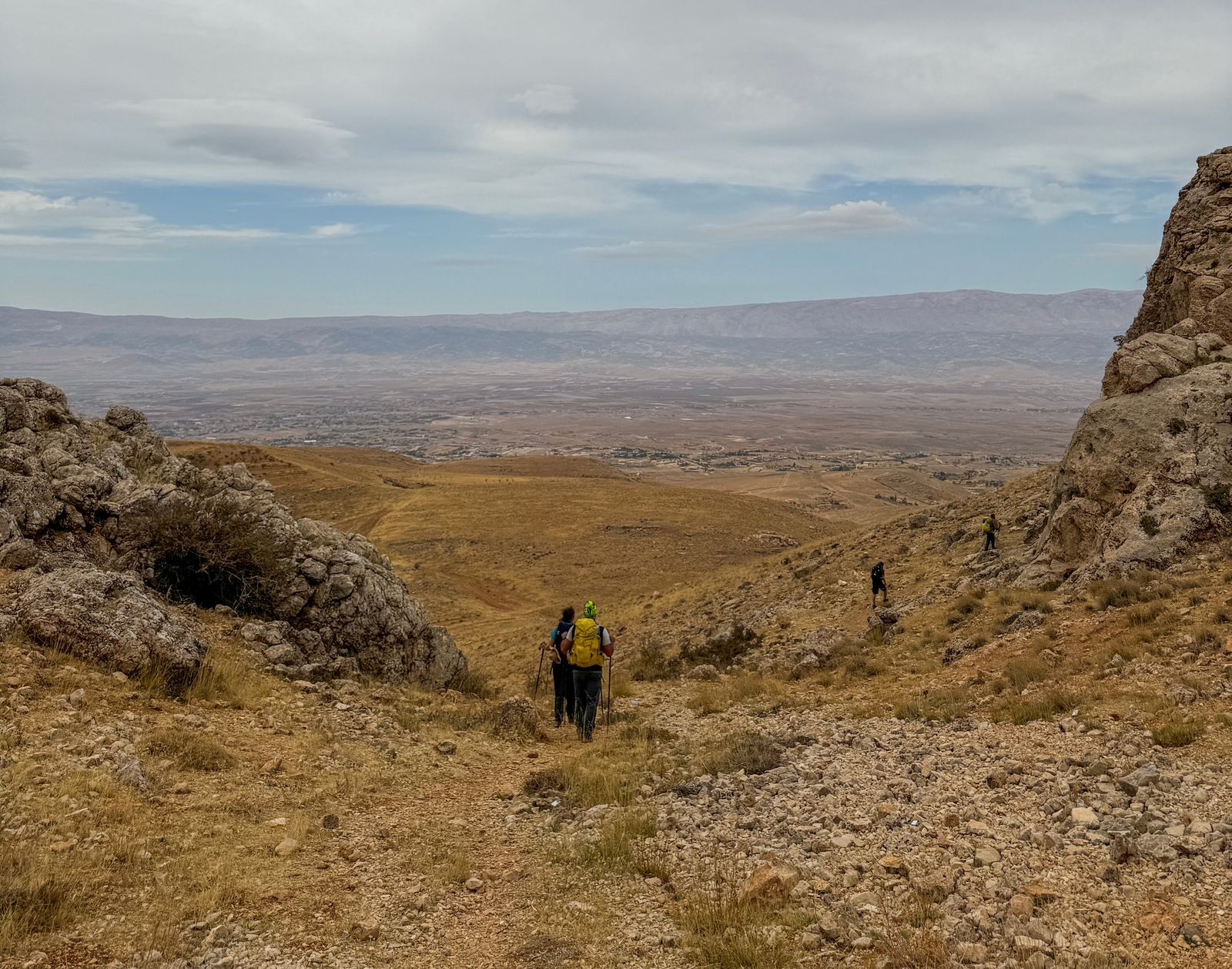
Al Terhal Trek Expedition is the name given the annual trekking adventures that involve traversing the Boukaat Loubnan Trails. In Arabic, transhumance means Al Terhal. It is the seasonal movement of animals via migratory corridors in the Alps and the Mediterranean. It is listed in UNESCO’s Intangible Cultural Heritage. Transhumance affects how humans, animals, and ecosystems interact. It entails managing land, forests, and water resources as well as coping with environmental risks. It also involves caring for and breeding animals. Shepherds still frequently engage in transhumance, traveling between Lebanon and Anti-Lebanon mountain ranges. Al Terhal Trek Expedition on the Boukaat Loubnan Trails will take place in May and November of each year.
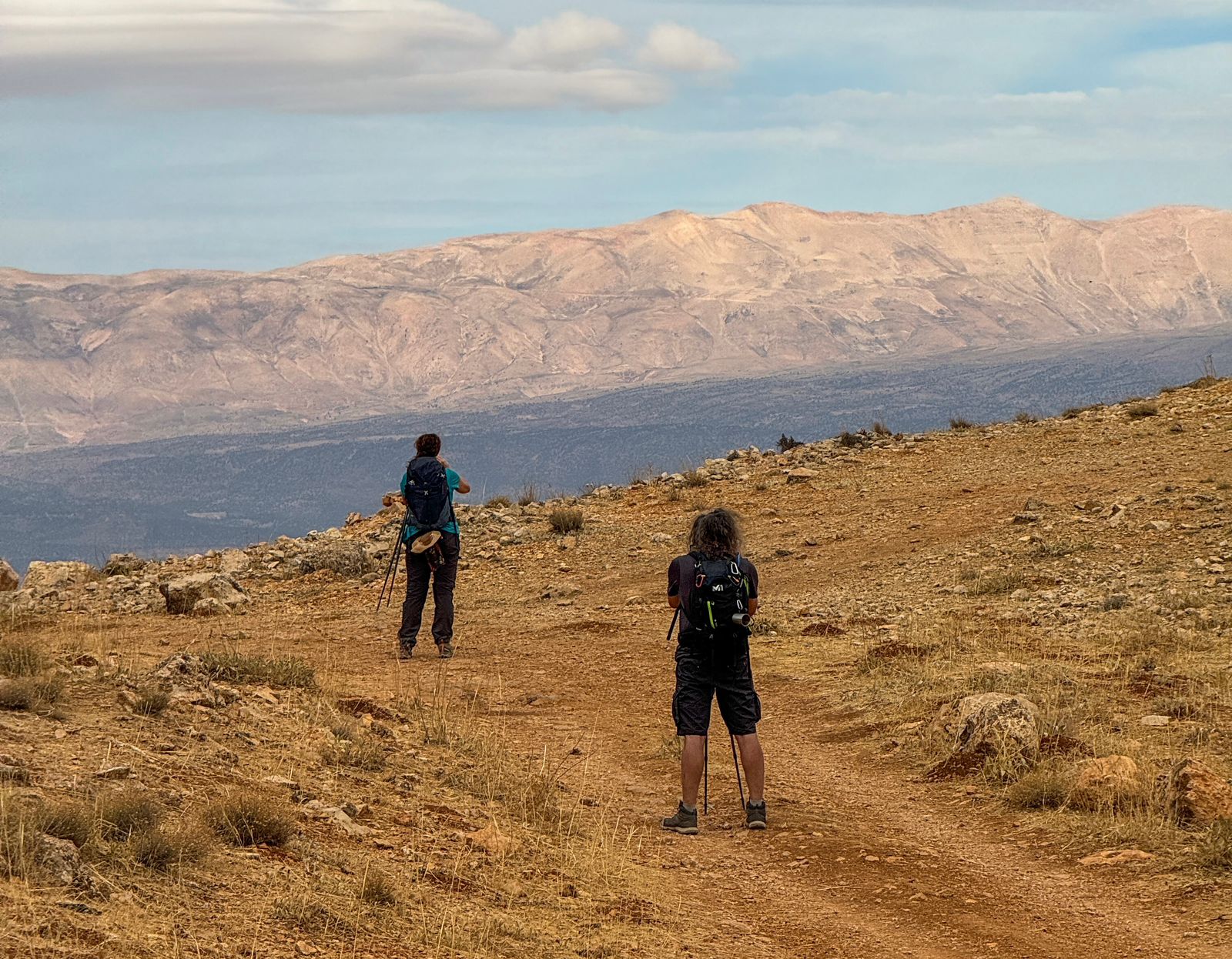
Hiking long trails often comes with both challenges and rewards. What are some of the most challenging aspects of this trail, and what are the most rewarding experiences that hikers can expect along the way?
The main challenge is creating awareness, as the trail is considerably new and many people are yet to discover the hidden beauty and charm that exits.
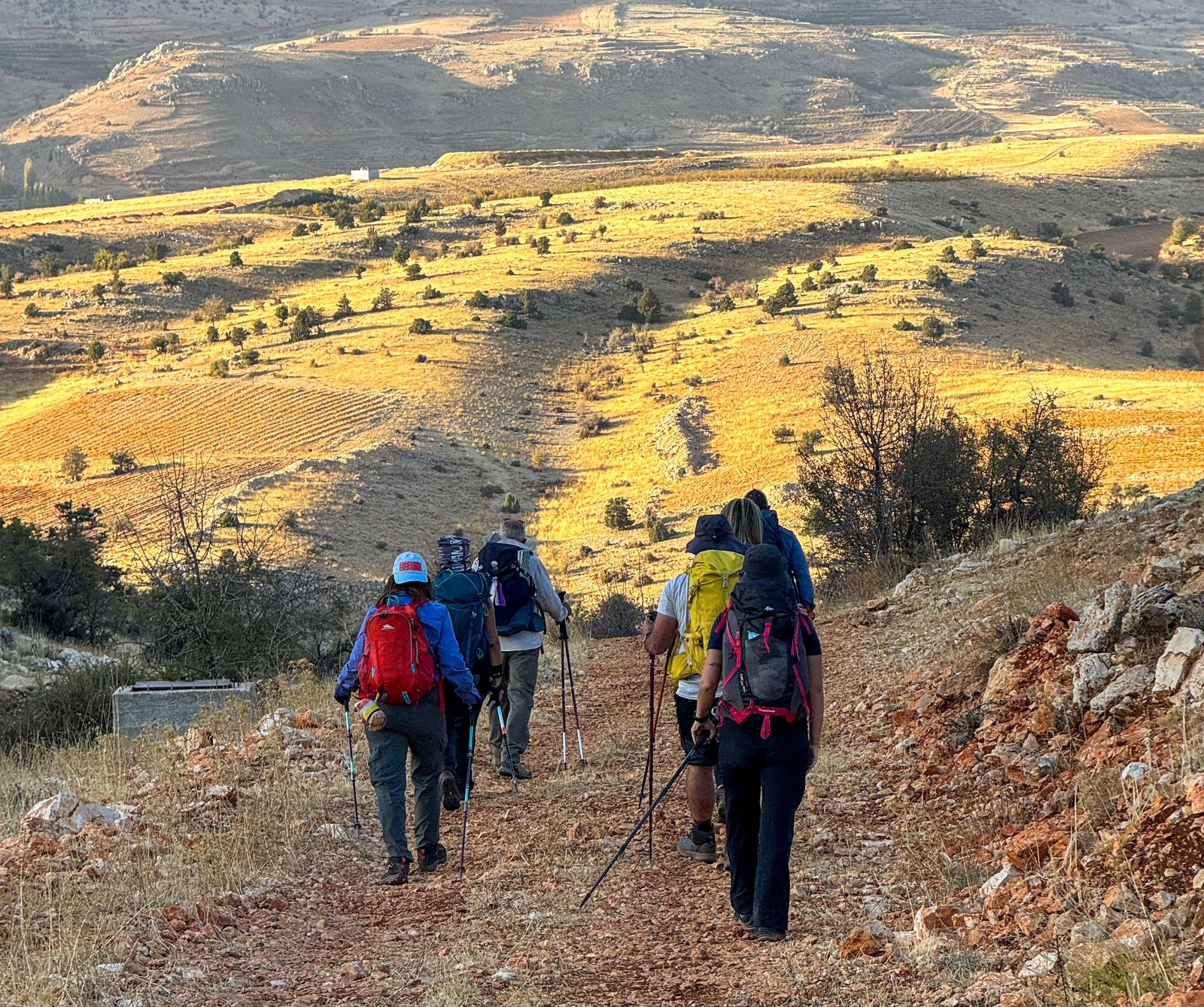
How does the trail support local communities?
Through the trail, we equipped three guesthouses in the Anti-Lebanon area and delivered capacity building for guesthouse owners and trail guides on the entire trail. We also work with local associations on delivering experiences such as culinary sessions and workshops, handcrafts and a diverse range of agritourism initiatives with several stakeholders. Besides the main hiking trail, we have also developed local cultural tours in many villages along the trail which also brings economic support to local shops. As founders and developers of the trail, we have also installed information and interpretive panels. We are also playing the role of a destination management and marketing company in creating awareness about these hidden gems of Lebanon. We are also leading groups to discover the trail, use and support the existing service and infrastructure.
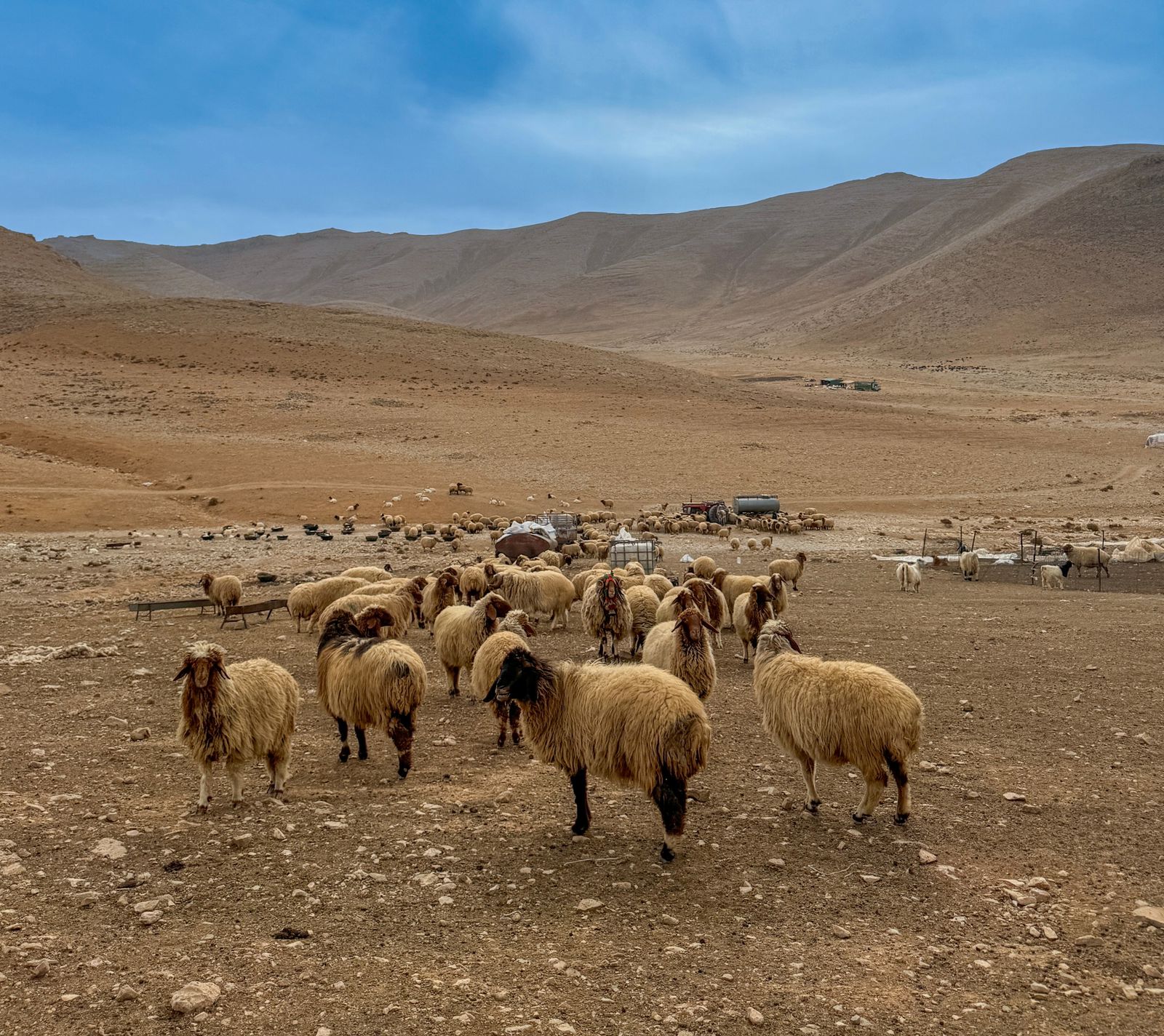
How is the trail organized?
The full experience and trail hike are operated and promoted by 33North. Services such as guiding, food preparation, luggage transfer, camping and the full gear is provided by the adventure tour operator. Along the trail there are water sources and places to sleep, including wood cabins, guesthouses, mountain lodges and hotels. During most of the journeys, we pitch and create our own camp. For safety, we work is close cooperation with the Lebanese army, local authorities and have trained local guides from each region. The trail has been tested and hiked several times over the past few years.
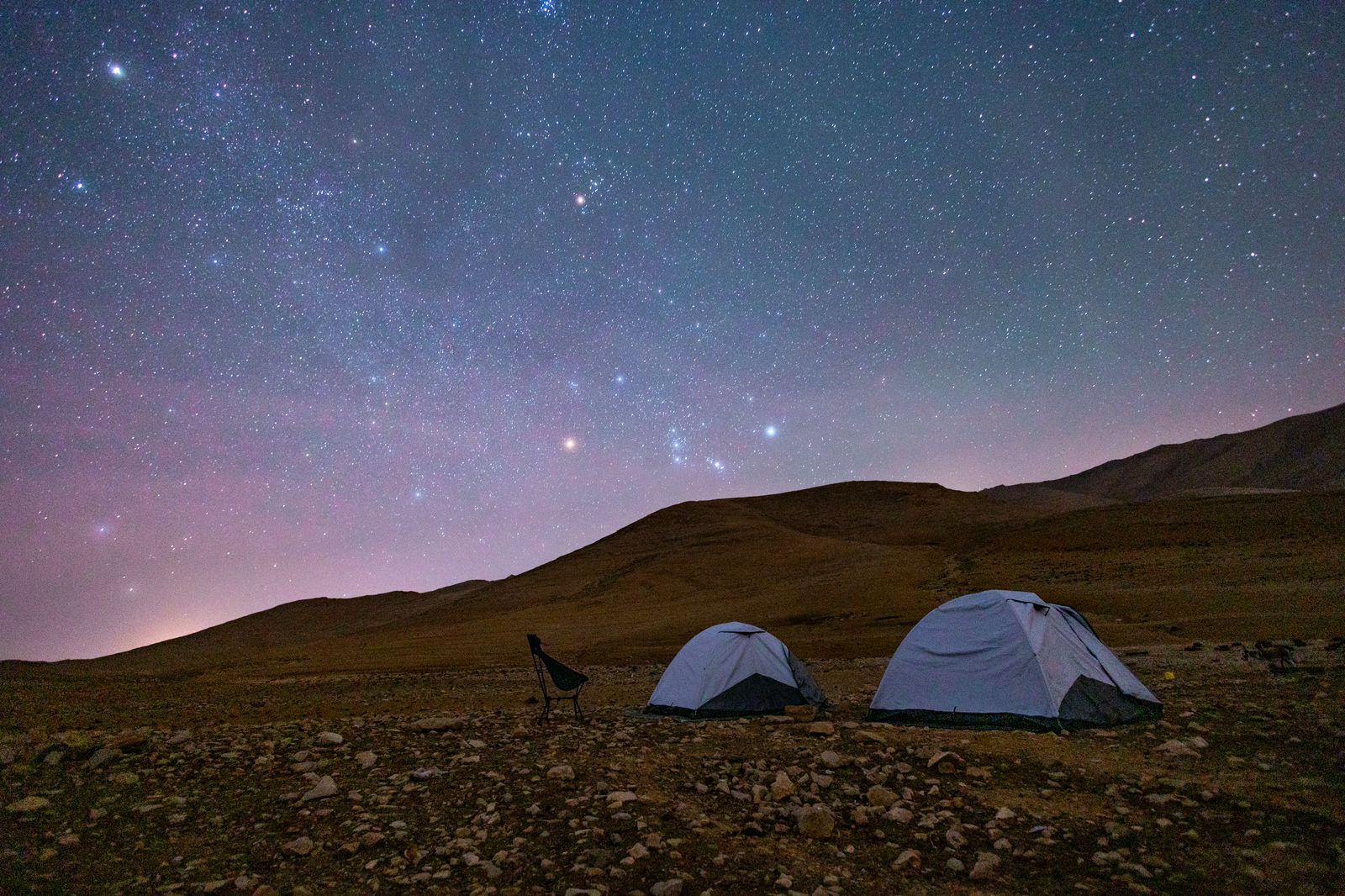
For more information, you can contact Gilbert Moukheiber +961 3 454 996
Email: gilbert@33-north.com
Instagram: 33NorthLeb (@33northleb) • Instagram photos and videos
This article is part of a joint project to promote tourism destinations across Lebanon, launched by the Trade and Investment Facilitation (TIF) activity, funded by the United States Agency for International Development (USAID), and Hospitality Services. The content of this article is the sole responsibility of Hospitality Services, and does not necessarily reflect the views of USAID or the United States Government.
Loading
